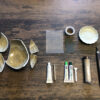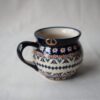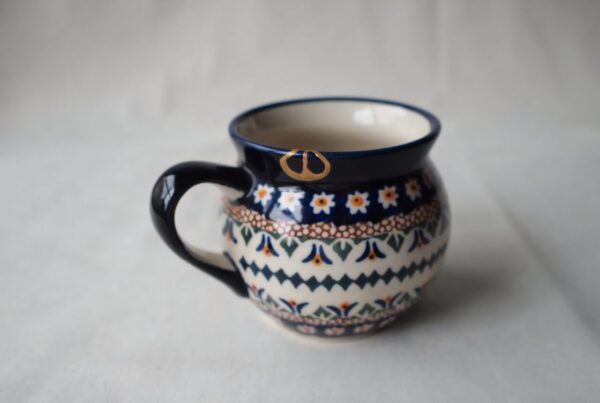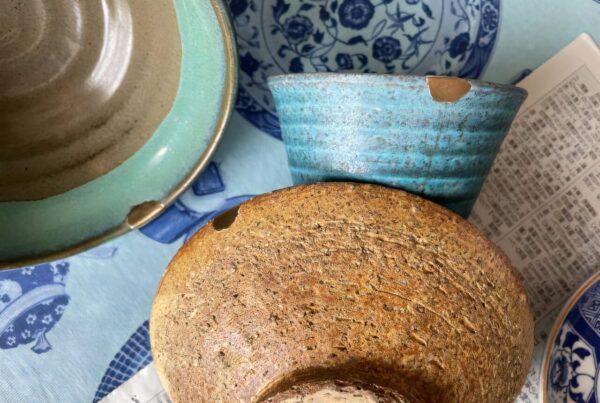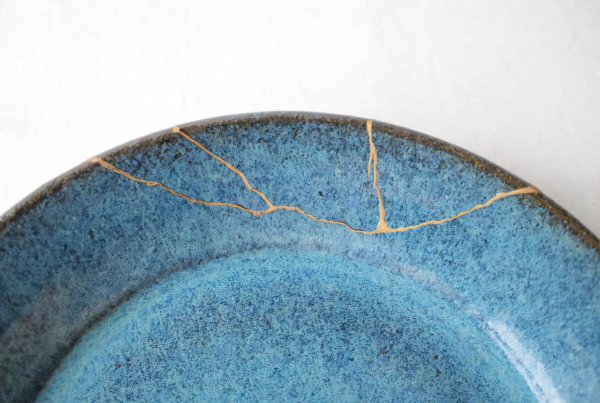Kintsugi is the Japanese art of fixing broken pottery with gold, silver, or platinum, making the cracks a beautiful part of the item’s history. However, these precious pieces need special care to keep their beauty and strength.
This article guides you on the essential do’s and don’ts for looking after Kintsugi items. It covers avoiding sudden temperature changes, not using dishwashers or microwaves, handling them gently, protecting them from sunlight, and storing them correctly.
Following these tips helps ensure that your Kintsugi pieces remain stunning and intact, honoring their unique story and the craftsmanship that brought them back to life.
The Do’s and Don’ts of Handling Kintsugi Items
 -Be Cautious of Temperature Changes
-Be Cautious of Temperature Changes
Kintsugi items are particularly sensitive to sudden shifts in temperature. The different materials used in the repair process, combined with the original pottery, react uniquely to temperature changes. Rapid transitions from cold to hot can cause the materials to expand at different rates, potentially leading to new cracks or weakening the repair.
To protect your Kintsugi pieces, always allow them to adjust slowly to temperature changes. For example, when using a Kintsugi bowl to serve hot soup, first warm the bowl with tepid water to gently acclimate it to the higher temperature. This mindful approach prevents thermal shock and preserves the integrity of the repair.
-Avoiding Dishwasher Use
The convenience of dishwashers comes with a high cost for Kintsugi items. The intense heat, harsh chemicals, and vigorous water action can all degrade the delicate lacquer and metal repair, stripping away the very essence that makes Kintsugi so special. Instead, opt for gentle hand washing. Use lukewarm water and a mild, non-abrasive detergent, carefully cleaning the item with a soft sponge or cloth.
This method ensures that the metallic seams remain lustrous and intact, allowing the item to retain its unique beauty.
-Handling with Care to Avoid Strong Forces
Physical forces pose a significant threat to Kintsugi repairs. While the lacquer used in Kintsugi is durable, it’s not invincible. Excessive force, such as dropping or knocking the item against a hard surface, can damage both the original pottery and the repair.
Similarly, scrubbing too vigorously while cleaning can wear away the repair materials over time. Always handle Kintsugi items with the utmost care, supporting them with both hands and avoiding any unnecessary force.
-Protecting from Direct Sunlight
Just as artworks fade when exposed to sunlight, Kintsugi repairs can suffer from prolonged exposure to UV rays. The vibrant metallic lines can dull, and the lacquer can become brittle, diminishing the piece’s aesthetic and structural integrity. To prevent this, store your Kintsugi items out of direct sunlight. Display them in a shaded area or inside a cabinet with protective glass that filters out UV light.
This precaution not only preserves the repair’s beauty but also extends the life of the pottery itself.
-Proper Storage Techniques
Proper storage is crucial for protecting Kintsugi items from accidental damage. Avoid stacking them directly on top of each other without protection.
If you must stack your Kintsugi items, do so minimally and ensure that there is ample cushioning to absorb any shocks or pressures that might occur from movement. This careful storage method prevents chips, cracks, and pressure points on the repaired areas, keeping your items safe when not in use.
-Avoiding Microwave Use
The microwave, while a marvel of modern convenience, is a foe to Kintsugi repairs. The intense heat generated can cause differential expansion between the repaired area and the original pottery, leading to damage.
Moreover, the metal in the repair material can spark, posing a safety hazard. To reheat food, transfer it to a microwave-safe container, preserving your Kintsugi item’s beauty and structural integrity. When it comes to these precious pieces, traditional heating methods are not only safer but also a nod to the care and attention that went into their repair.
Conclusion
Taking care of Kintsugi items means treating them with extra attention.
Here’s a quick summary to keep them in great shape: First, avoid sudden hot or cold temperatures to prevent new cracks. Don’t put Kintsugi pieces in the dishwasher; the harsh conditions can damage them. Instead, gently wash them by hand. Be careful not to drop or hit them since they can break easily. Keep them out of direct sunlight to stop colors from fading. Finally, store them safely, ideally not stacked, or use padding if you must stack them.
By following these practical tips, you’ll help your Kintsugi items last longer and stay beautiful.

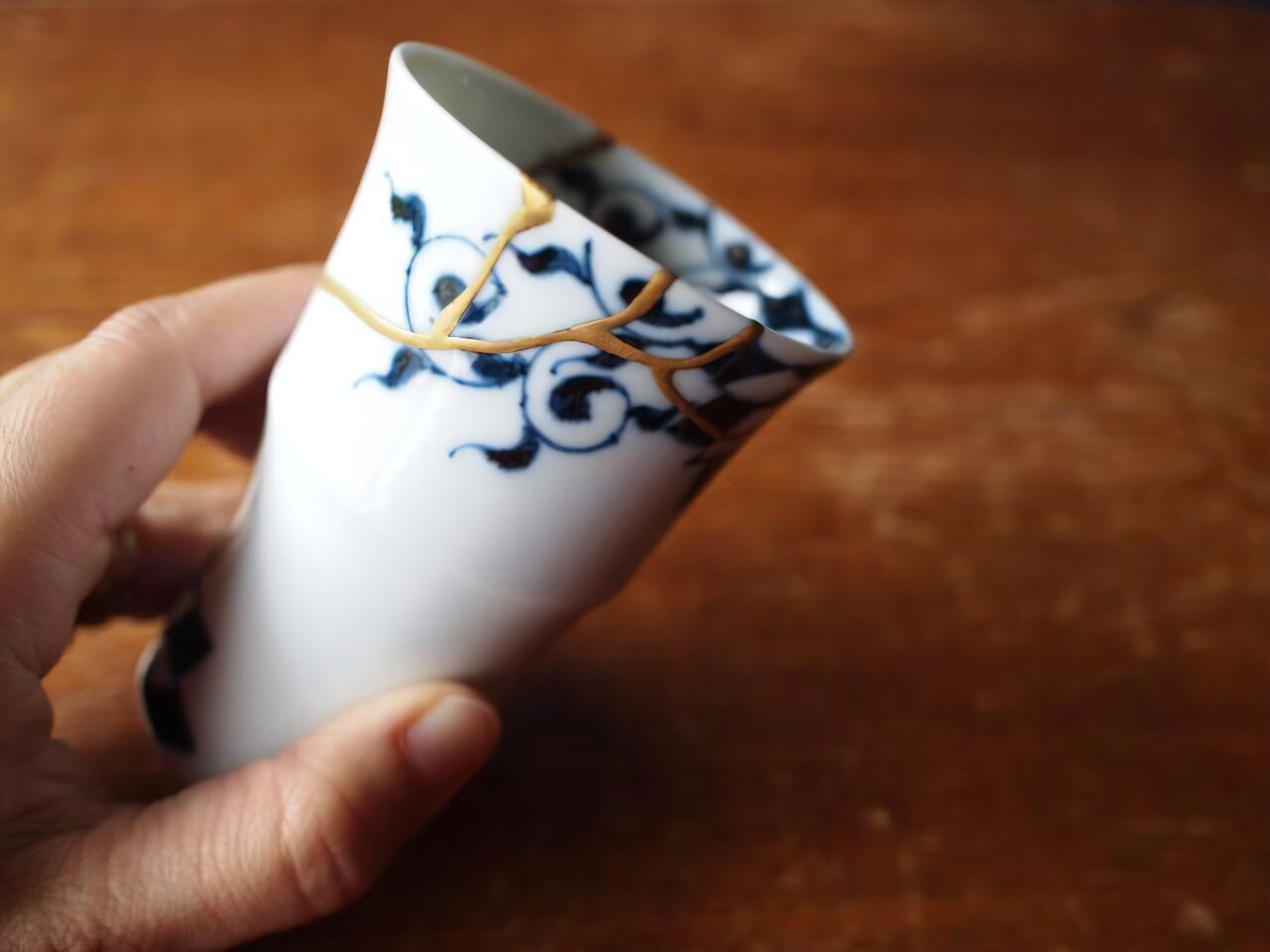
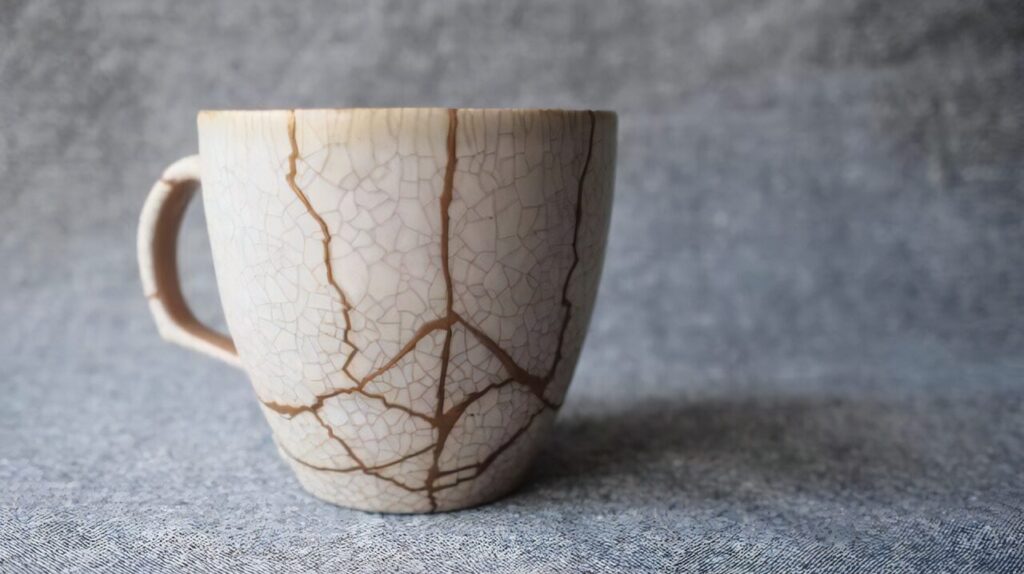 -Be Cautious of Temperature Changes
-Be Cautious of Temperature Changes